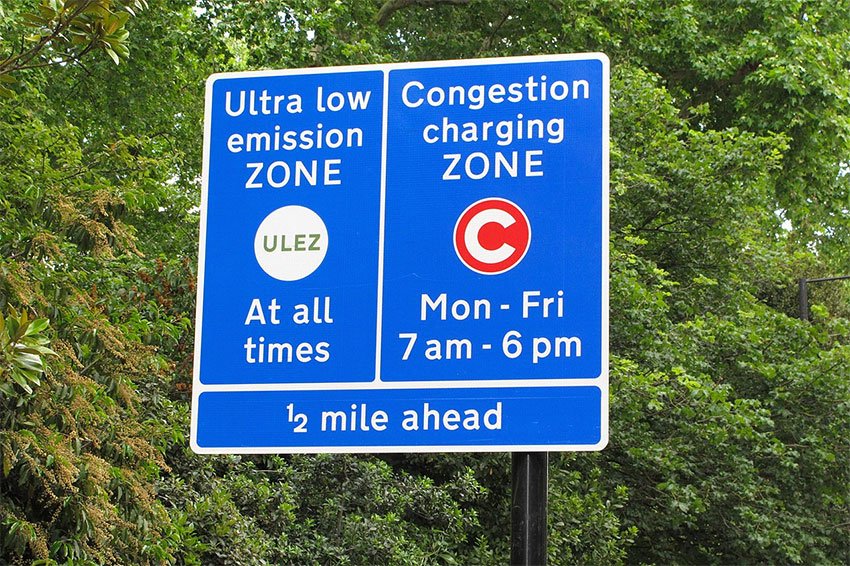The expansion of Clean Air Zones (CAZ) around UK cities shows no sign of abating, with Bradford introducing a Class C+ scheme from September 26, while Bristol goes a step further by announcing that its own wide-reaching Class D Clean Air Zone – which affects older privately-owned cars – will come into force on November 28.
The Bristol scheme will see drivers of non-compliant vehicles charged between £9 and £100 per day to enter parts of the city. Cars, taxis and vans that don’t meet the required emissions standard will be charged the lowest figure, while trucks, buses and coaches will be liable for the maximum £100.
Exemptions apply for petrol vehicles that meet Euro 4 standard and diesels that meet Euro 6. Electric and hydrogen vehicles are also exempt, as are motorbikes and modified or retro-fitted vehicles registered with the Energy Saving Trust’s Clean Vehicle Retrofit Accreditation Scheme (CVRAS).
Bristol Mayor, Marvin Rees, commented: “This is a major milestone on our journey to clean air. We have now agreed a launch date for the zone with government ministers and officials at the Joint Air Quality Unit. On Monday, November 28, Bristol will introduce one of the most far-reaching zones in the UK.”
According to Rees, most drivers in Bristol won’t need to pay the daily charge: “But if you do, then you may be eligible for financial support to upgrade your vehicle.” The council is supporting people on low incomes and helping Bristol-based businesses prepare for the zone, with £42 million of funding available to those that need to replace vehicles to meet the zone’s emissions standard.
Bristol City Council states that two-thirds of vehicles currently on the road won’t have to pay to enter the city’s Clean Air Zone. An exemption is available until July 2023 for those who are successful in applying for financial support and have yet to receive their new vehicle.
The move, however, is likely to have major implications for owners and enthusiasts of modern classics. Owners of vehicles that are over 40 years old and classed as ‘Historic’ by the DVLA can apply for exemption when it comes to CAZ charges around the UK, but anyone with a modern classic that isn’t compliant will be faced with a charge for entering various zones.
CAZ rules differ around the UK depending on the class of scheme being introduced by each council. Each scheme falls under one of four categories – A, B, C and D – with the most lenient Class A applying only to buses, coaches and taxis. Class B adds private hire vehicles and heavy goods vehicles to the mix, while Class C goes a step further by including vans and minibuses. Class D is inevitably the toughest of the four classes, as it also includes private cars – a system that’s already up and running in Birmingham and will become active in Bristol from November.
Despite most CAZ areas adopting one of the four standard classes, Oxford chose to go even further early this year when it launched a pilot Zero Emission Zone (ZEV), covering a number of streets in the city centre but set to be expanded to most of it in 2023, subject to a public consultation. Drivers of petrol and diesel vehicles – including hybrids – have to pay a daily charge of up to £10 to enter the pilot zone, which operates from 7am to 7pm each day.
For more information on the CAZ system and the areas it affects, visit gov.uk/guidance/driving-in-a-clean-air-zone
We want to hear your views!
Have you been affected by a Clean Air Zone in your area? Will your modern classic fall foul of the Bristol CAZ? If so, we’d like to hear your experiences for a follow-up story. Write to us at: ccb.ed@kelsey.co.uk
Notícias Relacionadas

